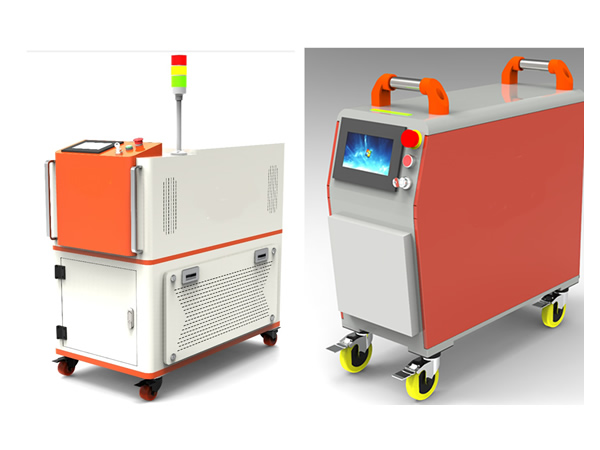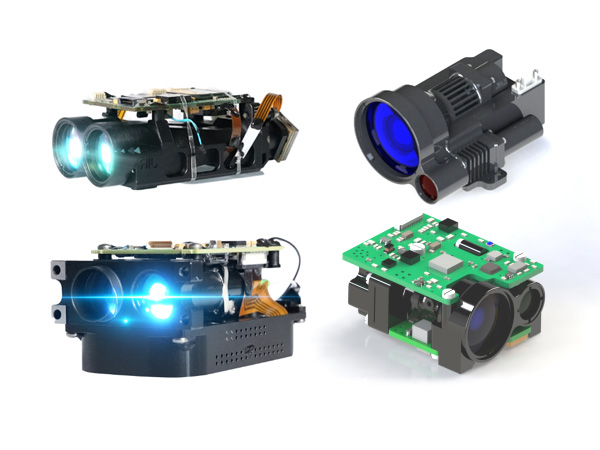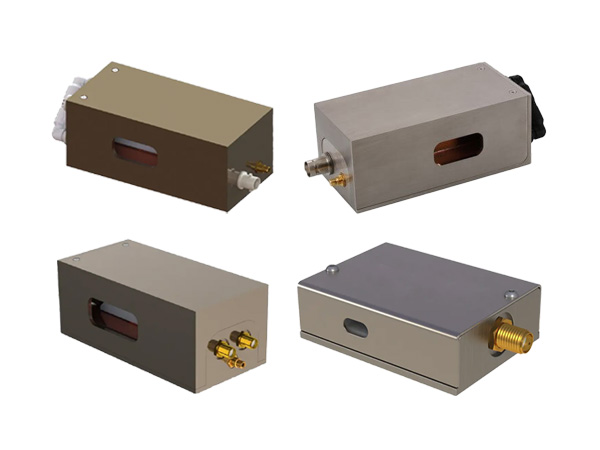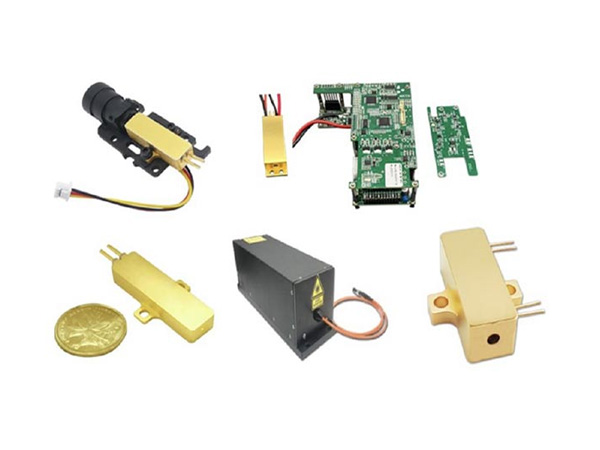Principles and Applications of Micro-Nano Optics
Micro-Nano Optics, as the name suggests, is the study of optical phenomena and applications on the micron and nanometer scales. The principles of micro and nano optics are mainly concerned with diffraction and interference of light. At the micro and nano scale, light no longer travels in a straight line, but in the form of waves, creating diffraction and interference phenomena. These phenomena give micro-nano optics unique properties and applications. The main methods used to fabricate micro and nano optics are photolithography, etching and nanoimprinting. Photolithography forms a photosensitive pattern on a substrate through exposure and development processes, and then transfers the pattern to the material surface through an etching process. Nanoimprinting technology, on the other hand, replicates the shape of the mold onto the soft film by placing a nano-scale mold in contact with the soft film, and then transfers the shape of the soft film to the surface of the material through methods such as etching or deposition.
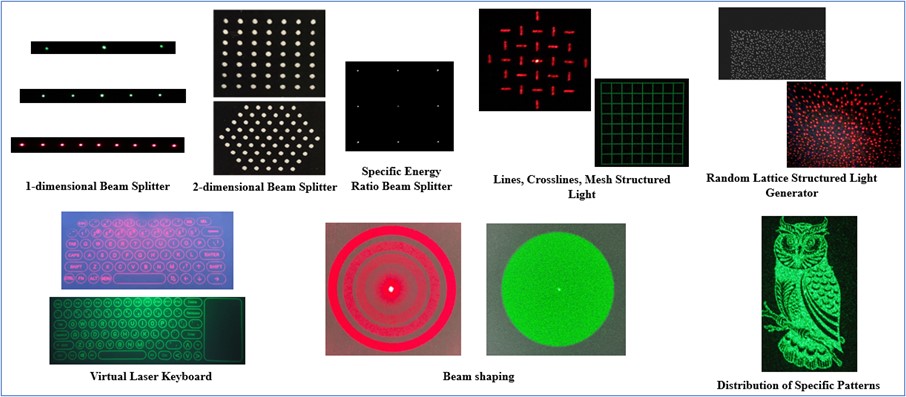
The main applications of micro-nano optics include diffractive optics (DOE), multifocal focal lens, beam shaping, etc. DOE is an optical element that utilizes the principle of light diffraction to change the direction of propagation of light beams, which is widely used in the fields of laser processing, illumination, and display, etc. The main applications of micro-nano optics include diffractive optics, multifocal focal lens, and beam shaping. Multi-focal lens is an optical element that can form multiple focal points at the same time and is used in optical imaging and laser processing. Beam shaping technology can change the shape of the laser beam into round, linear or other shapes, used in laser cutting, welding and marking and other fields. The advantage of micro-nano optics is that it can realize functions that cannot be realized by traditional optical elements, such as multi-focus, long depth of focus and long depth of field. In addition, the small size, light weight and low cost of micro-nano optics elements are easy to integrate into various optical systems, providing new possibilities for the development of optical technology.
In conclusion, micro-nano optics is a fascinating discipline, and the study of its principles and applications will bring more scientific and technological innovations and application values to mankind.
For more information on micro- and nano-optical products, please click here.
 English
English Français
Français Deutsch
Deutsch euskara
euskara Русский язык
Русский язык Italiano
Italiano Português
Português Nederlands
Nederlands Polski
Polski Greek
Greek Lietuva
Lietuva Türkçe
Türkçe 日本語
日本語 한어
한어 中文
中文 தாமில்
தாமில் فارسی
فارسی हिंदी
हिंदी Tiếng Việt
Tiếng Việt ภาษาไทย
ภาษาไทย Pilipino
Pilipino Indonesia
Indonesia தாமில்
தாமில்

